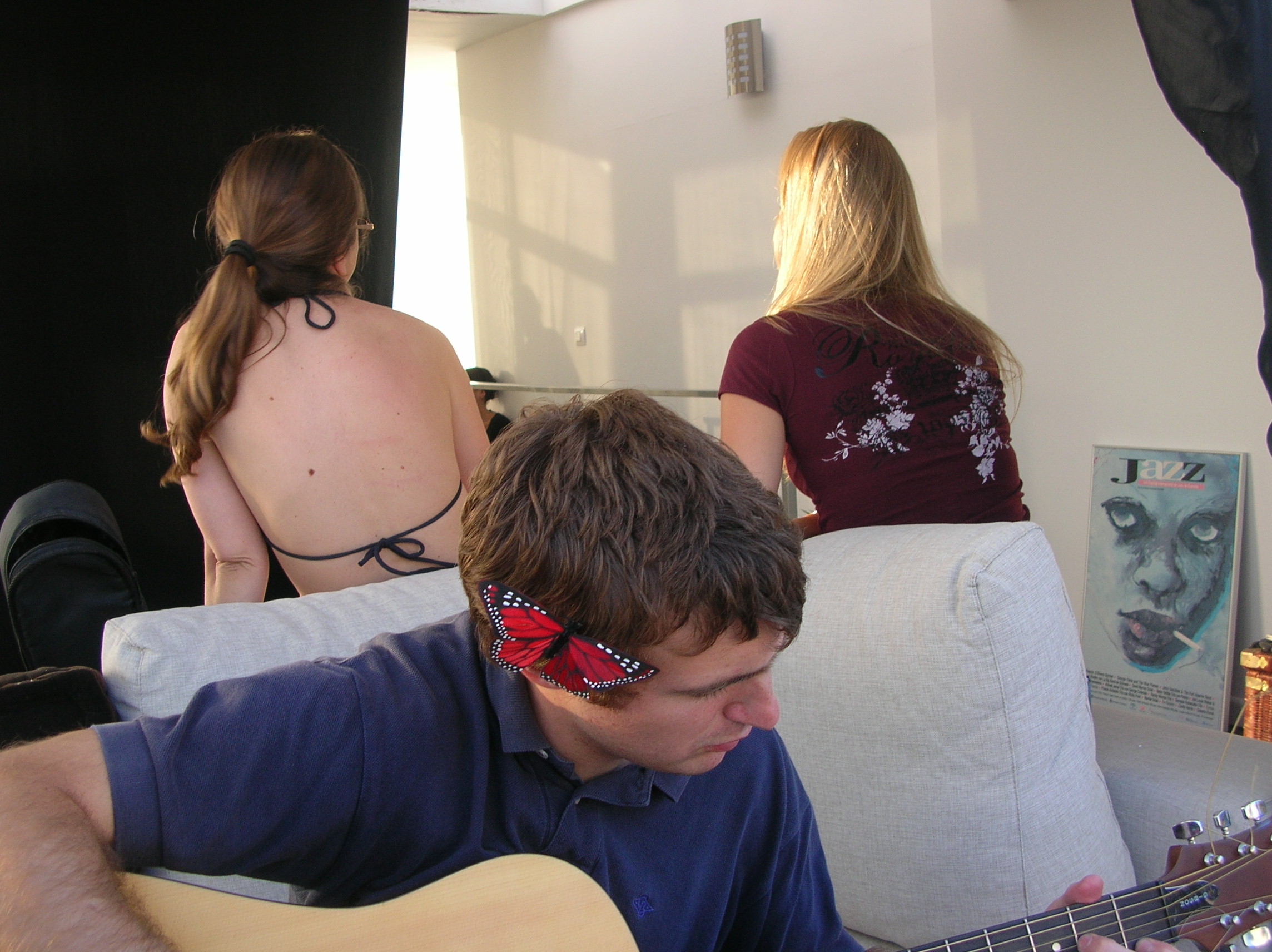When I lived in southern Spain, I had the good fortune to meet Marta Moreno, an English teacher at the Escuela Oficial de Idiomas in Fuengirola. I spent my days trying to teach Spanish to British elementary students in the neighboring town of La Cala, and my nights learning Spanish proverbs via Marta's engaging (and free) teatro classes. About half of the group were Spanish speakers enrolled in her English classes, and the other half were Americans and native English speakers who were there to practice Spanish. Marta encouraged us to bring in photos from our high school proms, to share American slang, to bring in recipes and cultural anecdotes that would provoke discussion. One week she gave us a Xeroxed handout with a number of different cartoon expressions with adjectives written under their faces (agobiado, liado, encantado) --a resource that I still have six years later, pinned to the pliable walls of my cubicle at work, though its edges are frayed and curled.
I'll never forget those final weeks in Málaga, when she invited a group of teatro regulars over to the condo she shared with her husband and daughter, just blocks from the city's central square. I remember how groovy it all was; they were intellectuals, artists, educators, speakers of multiple languages, and they lived in the most beautiful space. It was a warm night in late May when they led us up a narrow staircase to their balcony. We had to walk through a curtain of gauze to get to it. I remember the way the fabric felt against my face, the way my Belgian friend Geoff sat in the sun with his guitar.
For my first several months in Spain, I was obsessed with the French film L'Auberge Espangole, which followed a group of young ERASMUS students from half a dozen countries. How badly I wanted that feeling--the exposure to other cultures, other languages, other everythings. It wasn't until that evening on Marta's balcony that I realized that that's exactly what teatro was: a group of people bound together by language and location. A group of people gathered on a sunny balcony not far from the sea, the throng of cathedral bells echoing off cobblestone.
Marta and I have stayed in touch. A few years ago, she established a multilingual publication called Collage Magazine that her English classes have been producing every spring. The magazine showcases writing both from her students and with her friends from around the world, and also features the glorious photographs of her husband, Lorenzo Hernandez, whose skill and talent have taken him around the world. (This is the same Lorenzo Hernandez who took the picture on my About page--taken that very day on their famous balcony.)
In 2010 she asked me to contribute a piece about San Francisco. This winter, she contacted me because they were working on a jazz issue. I submitted a piece about New Orleans, and encouraged my mother, longtime journalist and nonfiction writer Lyra Halprin, to submit as well. The issue is gorgeous--there are essays, interviews and stories written in Spanish, English and French, as well as Lorenzo's stunning images of musicians and artists from around the world. It is a true work of art--and you can view all 62 pages of it here.
I feel like it is especially important to share this right now, after the tragedy of the Boston Marathon, and the explosions in West Texas, and Congress' failure to pass crucial legislation. All week I have meditated on this violence, this tragedy, this surprising and ferocious turn of events, but it is projects like Collage Magazine that surface true beauty in the world, in multiple languages, in multiple countries. It is a humble effort, but an important one, a good reminder that regardless of what's happening in the world we can still write, we can still sing, we can still take photos, we can still revel in it, all of it, together.

